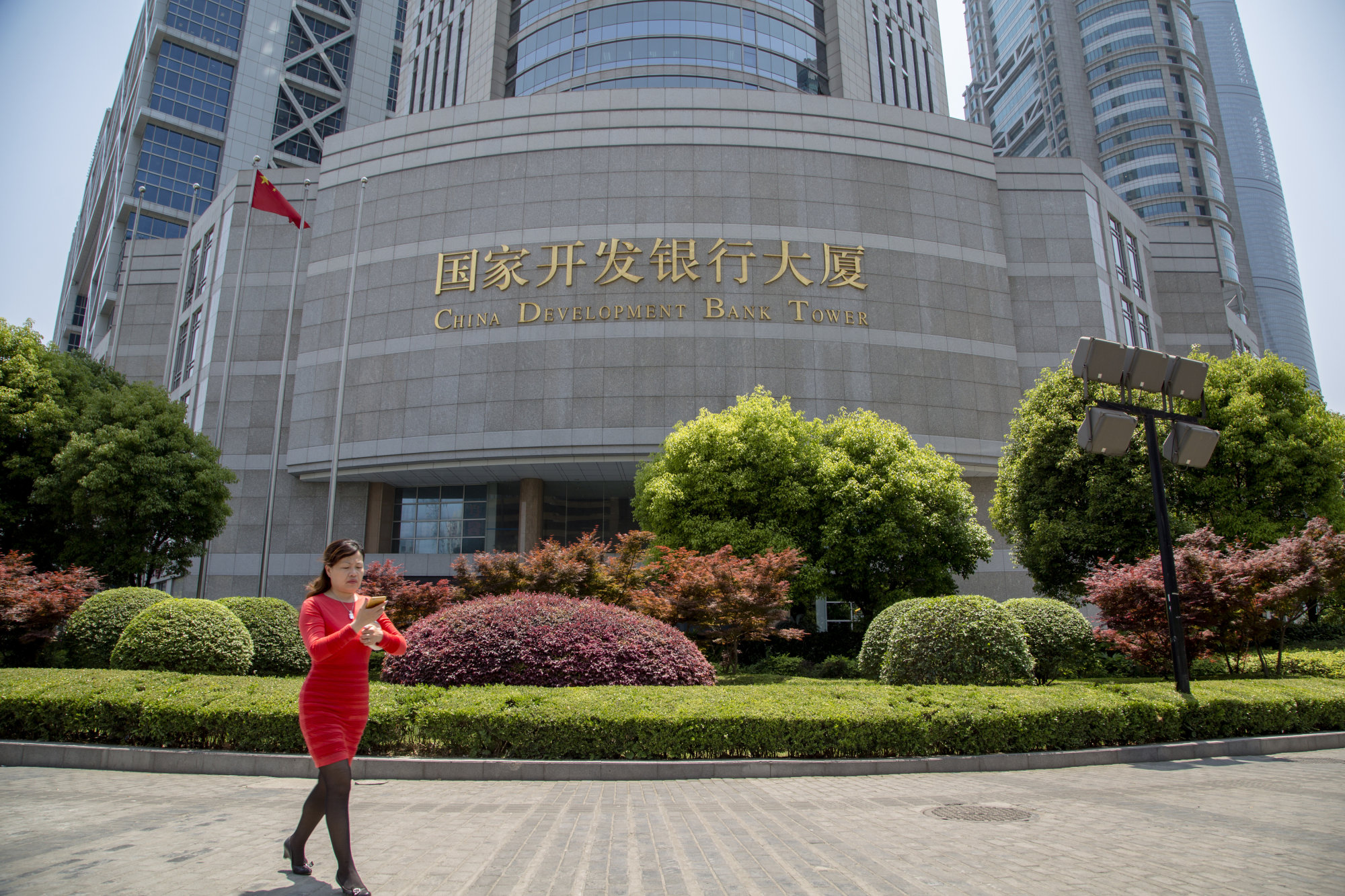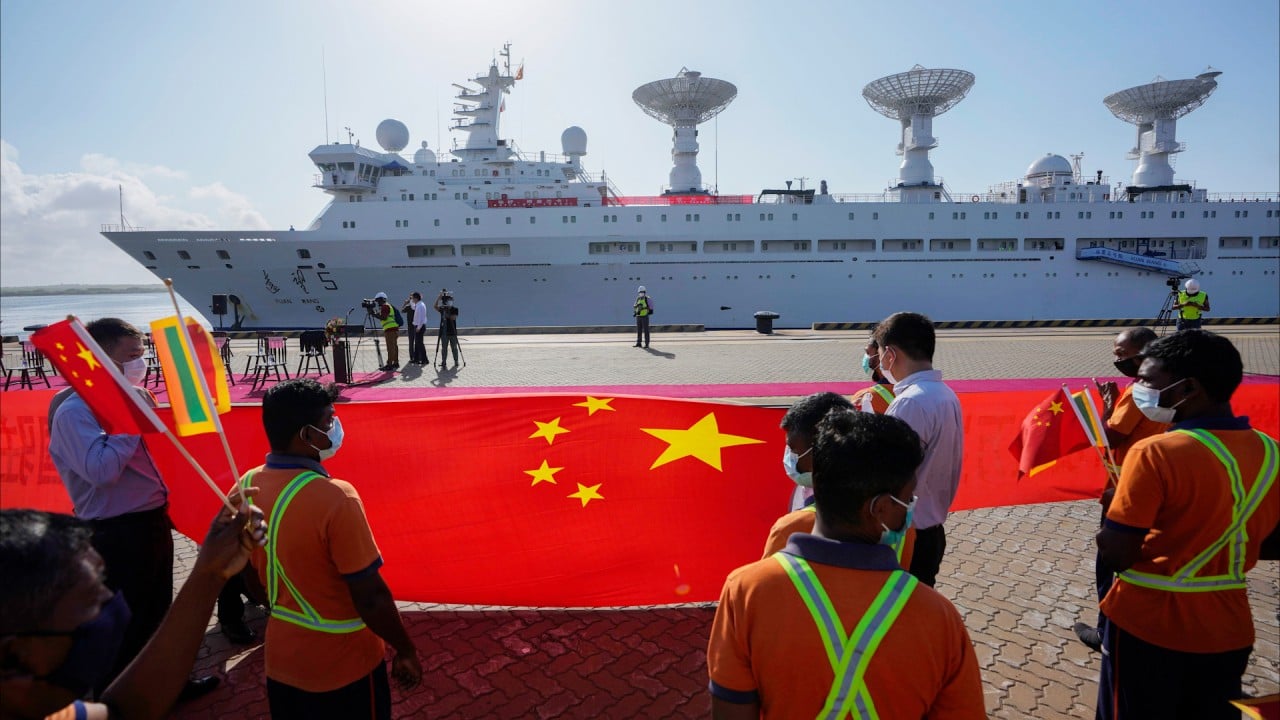Chinese policy banks shut out green energy despite President Xi Jinping’s 2021 pledge to developing countries, study says
[ad_1]
Between 2000 and 2022, Chinese DFIs, including CDB and China Eximbank, provided 331 loans totalling US$225 billion, for 65 foreign governments for energy projects around the world, according to the China’s Global Energy Finance Database, managed by the Boston University policy centre.
The researchers said China’s DFIs have been concerned about the bankability of solar and wind projects abroad, which are typically smaller in capacity than other types of power-generation schemes.

“Many renewable projects are not grid-connected, and those that are may be located in areas with poor grid infrastructure, leading Chinese DFIs to perceive the projects as riskier and less bankable,” the Boston University study said.
The researchers, including Cecilia Springer, a non-resident fellow with the Global China Initiative at the Boston University policy centre, said the largest share of existing loan commitments from China’s policy banks to the energy sector went to exploration and extraction activities.
Power generation received the second largest amount of lending commitments across the energy sub-sectors.
“While China’s policy announcements show ever more promise for supporting green energy overseas, our data update shows that this support has yet to emerge, and confirms that nearly two-thirds of past development finance has gone to fossil fuel projects,” Springer said. “Now is the time for China to use its scale and experience to redirect development finance towards greener goals.”
Malaysia’s Anwar powers up renewable energy drive with US$430 million fund
Malaysia’s Anwar powers up renewable energy drive with US$430 million fund
In their study, Springer and her co-authors also discovered that some energy projects had encountered delays and cancellations. This was especially pertinent for coal and hydropower ventures, given environmental concerns.
The researchers said a data set on Chinese-invested power plants found that between 1997 and 2020, out of a total of 1,393 overseas power projects across 78 countries invested in by Chinese firms, 75 were suspended or cancelled. Coal and hydropower projects had higher suspension rates than wind and solar projects.
But as the world recovers from the pandemic and as the costs of renewable energy components decrease, they said China was uniquely positioned to foster green energy transitions abroad.
Instead, though, lending has been decreasing since 2016 – and this has not been confined to the energy sector. There has been a general overall drop in Chinese overseas development financing.
Yunnan Chen, a senior research officer at the London-based Overseas Development Institute think tank, said while Covid-19 certainly had a big impact on lending, the brakes were already on long before the pandemic. She said since 2016, China’s overseas financing, in terms of loans, had been shrinking considerably to all regions.
“China is ramping up its domestic climate investment in clean technologies and renewables, and it’s likely this will spill out overseas as well,” Chen said.
Dr Yu-Shan Wu, a research fellow for the Ocean Regions Programme at the University of Pretoria’s political sciences department, said there had been more emphasis on increasing trade, such as agricultural products, and less emphasis on large infrastructure deals.
“It does seem that there is greater emphasis on China assisting developing partners with industrialisation and manufacturing – as seen at sideline discussions during the Brics summit in August – rather than transport infrastructure and logistics,” Wu said.
[ad_2]
Source link






